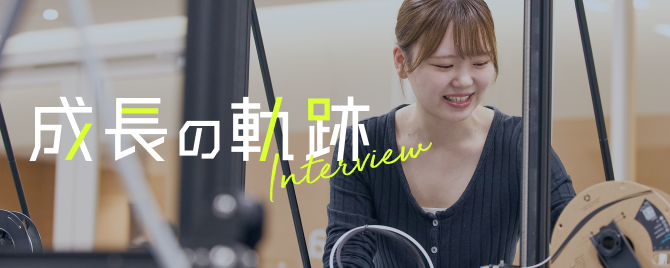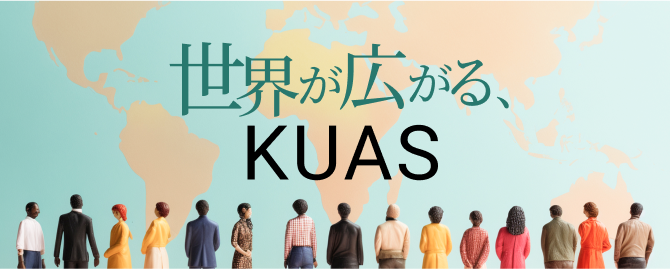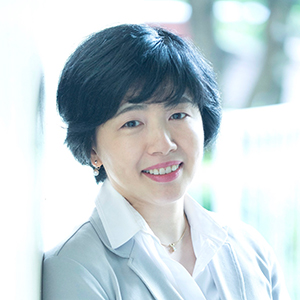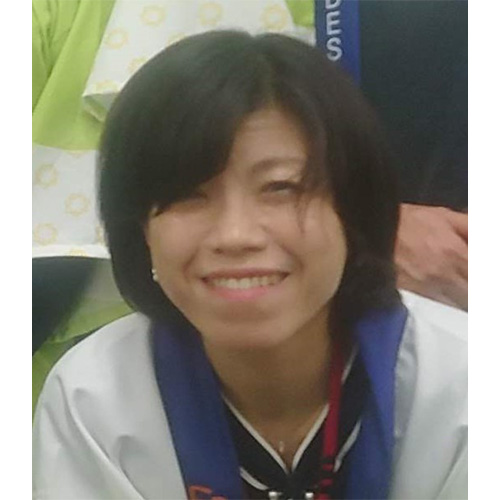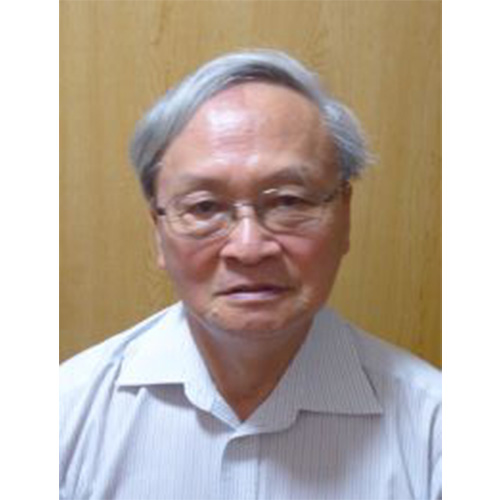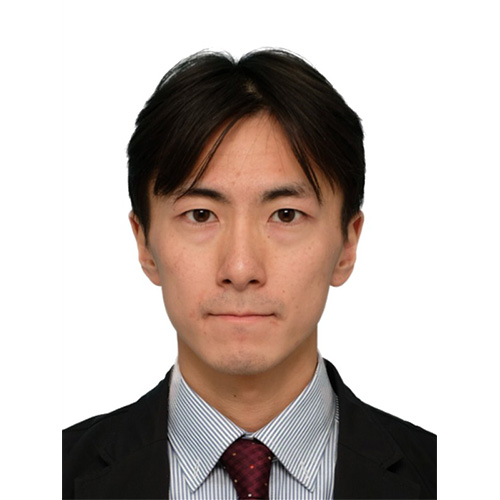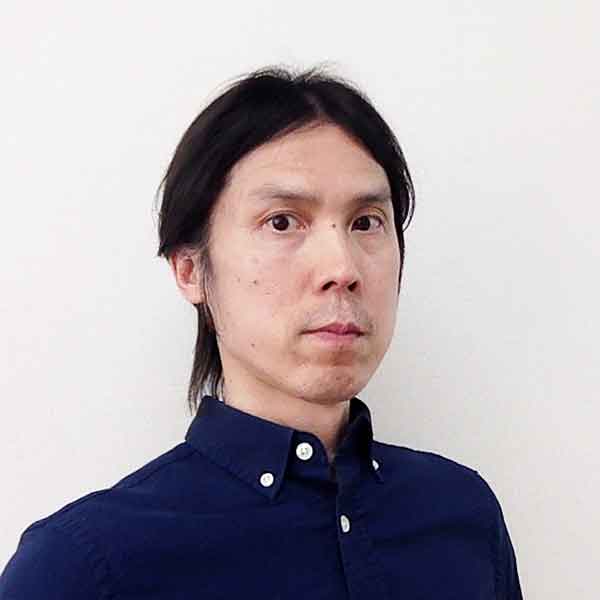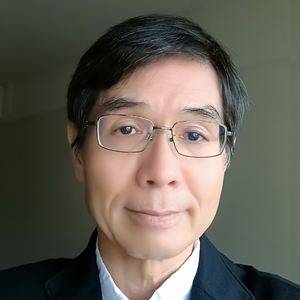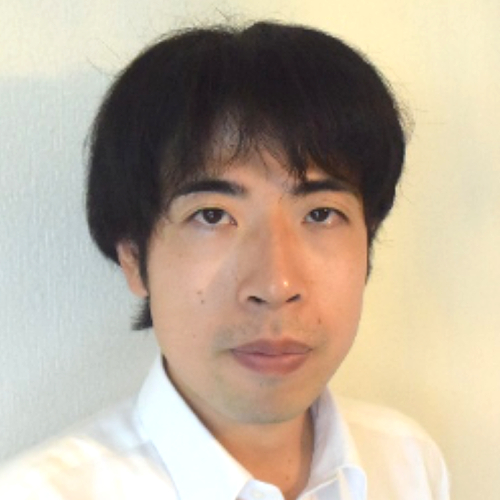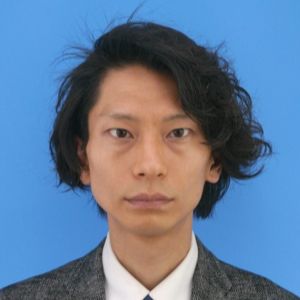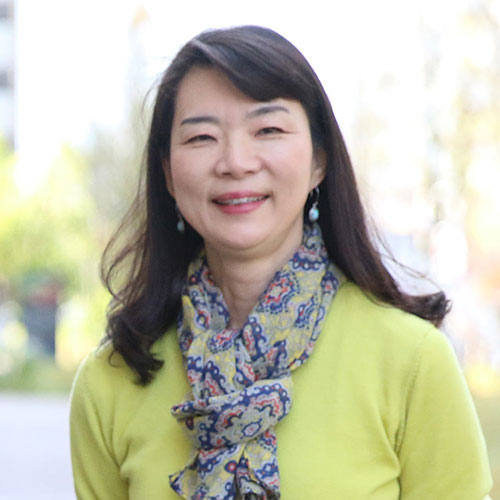Future Design Research Center (FDRC)
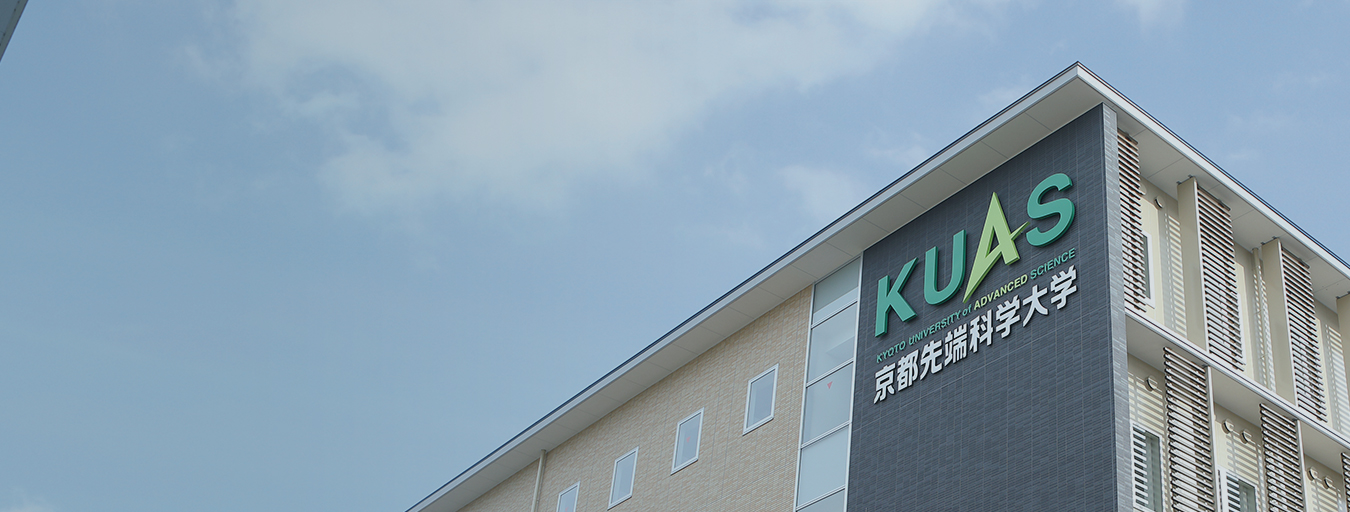
Future Design Declaration
1. What have we done?
Wouldn’t you all like to design a society in which future generations will want to say “thank you” to the current generation?(1)However, world leaders are willing to wage wars and invasions. On the other hand, “Future Failure,” which places the burden on future generations, has been accelerating since the mid-20th century (2). Planetary boundary researchers warn that carbon, nitrogen, and phosphorus cycles, as well as biodiversity, have reached a tipping point from which there is no return (3,4).
For more details
How did this happen? One of the reasons for this is the Haber-Bosch process that made it possible to produce ammonia cheaply and in large quantities in 1913. From ammonia, nitrogen fertilizer, and explosives can be made. Nitrogen fertilizers from the Haber-Bosch process supported the Green Revolution. The mass production of grains led to a dramatic increase in population and a surge in meat and dairy products from grain-fed animal agriculture (5).
We not only want to eat good food, we want to live affluent lives. For this reason, we have been burning fossil fuels at an accelerated rate. On the other hand, explosives have been used in large quantities in two world wars, the Russian-Ukrainian war and the Hamas-Israeli war. In short, science and technology, while enriching our lives, are also the cause of future failures.
We, Homo sapiens, are believed to have appeared approximately 300,000 years ago. The survival period of mammals is estimated to be about one million years, which means that the current generation is 30 years old and has 70 years to go. History has just barely “begun,” and yet there is a possibility that we may even erase our own future with our own hands (6).
2. What is Future Design?
What, then, should we do? Don’t we have a disposition to “feel happiness by aiming for the happiness of future generations, even at the expense of immediate benefits” (7,8,9)?Let us call this “futurability” (7,8,9). Our current society has not been structured in a way that allows us to realize our “futurability.” Therefore, Future Design (FD) aims to design a society in which we can realize our ability to avoid future failure.
For more details
In March 2012, I presented my mechanism for solving social dilemmas at a seminar at the University of Massachusetts. At the dinner after the seminar, someone pointed out that my mechanism did not include people of the future, so I immediately proposed a mechanism to create an imaginary future generation to negotiate with the current generation. Laura, who was listening to the discussion, told me that such people existed in the United States: the Iroquois. I was told that when making important decisions, the Iroquois would jump ahead seven generations and think about the present from there. This is how FD began (5).
Upon returning home, we conducted an experiment using subjects (10). Three participants debated as one generation and chose either the sustainable or the non-sustainable option. In this case, just under 30% chose the sustainable option. Then, when one of the three participants was asked to negotiate with the other two as an imaginary future person, representing future generations, the sustainable choice doubled to 60%.
The idea of futurability should have been shared not only by the Iroquois but also by many other cultures and societies around the world. Here in Kyoto, there was a person who moved the capital from Heijo-kyo to Nagaoka-kyo and then to Heian-kyo around the 8th century. He was Emperor Kanmu (737-806). The “Nihon Kouki” (Records of the Later History of Japan) says of him, “Even if he had spent the current year’s money, it would be a source of hope for future generations.” Emperor Kanmu was a future designer who showed great potential for the future. Perhaps it is because of him that Kyoto has been the capital of Japan for 1,000 years. Of course, not only the emperor but also many people must have been future designers.
3. Imaginary future generations: from experiments to praxes
Like the Iroquois, the effectiveness of flying into the “future” and thinking about the “present” from there was confirmed in various subject experiments, and the praxes began. In 2015, the town of Yahaba, Iwate Prefecture, used FD to formulate a vision for the year 2060 as part of its “Comprehensive Strategy for the Creation of Town, People, and Work.” When participants were divided into two groups, one to think about the “future” from the “present” and the other to think about the “present” from the “future,” the imaginary future generation designed a creative and sustainable society (11).
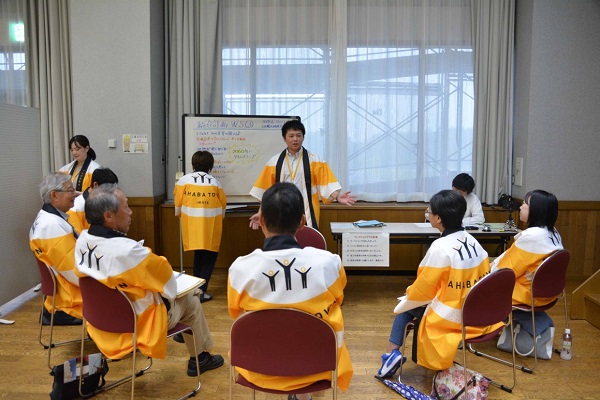
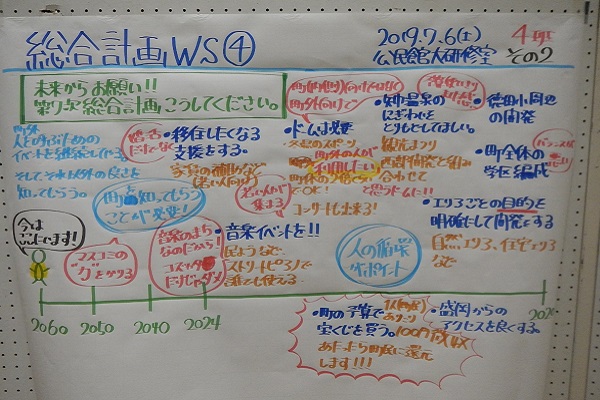
For more details
The “present” groups replaced current problems with future problems. For example, in the year 2060, “We don’t want to have few nursing homes for the elderly.” On the other hand, the proposal by the imaginary future generations, who time-traveled to 2060 without changing their age by wearing the town’s festival happi, is ingenious. The town’s symbol, Mt. Nansho, used to have a station at the top where the Galactic Railroad started, and the people of the town are well aware that Kenji Miyazawa created that beautiful “Night on the Galactic Railroad” at the top of this mountain. That is why a group of imaginary future people proposed that Mt. Nansho be turned into a Kenji’s Nature Park.
After this FD, Ritsuji Yoshioka, with the same participants, held an FD on water supply, and the citizens proposed a water rate increase, which was realized. Mayor Takahashi saw this and declared Yahaba to be a “Future Design Town” at the 2018 council meeting and established the Future Strategy Office, the predecessor of the Future Strategy Division (5).
It is not easy to become an imaginary future person. Therefore, it was Yoshinori Nakagawa (Sophia Univ., a visiting researcher at the Center) who created a picture-story show about the difficulties faced by those who have become these imaginary future persons. Furthermore, it was he who developed the “Past Design” method of advising the “present” to the “past” (12). When you say to events in the past, “I wish I had done this better,” you cannot change the past. However, If you move “present” to “future” and “past” parallel to “present,” you are thinking about “present” from the “future.”
The practices of Naoko Nishimura (Ritsumeikan) and her colleagues in Matsumoto City and various other cities and towns have shown that although modern people have their feet tied to the “present,” imaginary future people naturally think from a social perspective, having the perspectives of both present people and future people (13).
4. Future Design Principles
In 2017, while preparing an FD practice in a town, one of the officials whispered to me, “You guys are supposed to take data in our town and then write a paper about it.” In response to this, I established six principles the main actors in the practice should be the people and citizens practicing FD, and the researchers should play the role of shadows and led by the main actors (5).
For more details
I began using the principles in practice in the 2019 Comprehensive Plan of the Town of Yahaba. From this point on, the traditional practice changed. The conductor was no longer the researcher, but Masaaki Takahashi of the town office, and the decision-making on the content of the practice was made by the town office. The “principle of information disclosure” among officials and scholars was also thoroughly enforced (5).
One of the principles is the “fading away principle,” whereby researchers withdraw from the field (5). In FY2023, in the formulation of a new comprehensive plan, the officials of Yahaba Town realized that they could do FD on their own, and the researchers naturally withdrew. Surprisingly, through the practice of FD, Takahashi and his colleagues found a new “way of life” in which they were able to exercise their originality and work for the benefit of the town’s residents, rather than the conventional way of performing their assigned tasks.
5. FD for World leaders
We have also initiated a proposal to use FD at the G7: Think 7 (T7) in the pre-G7 meeting, and at the T7 for the G7 in Germany in 2022, we proposed “Future Design: For the Survival of Humankind“. The proposal is not only to punish Russia, but to have a time for world leaders to become imaginary future leaders in 2050, to form a vision, including peace, and to discuss what should be done now (14).
For more details
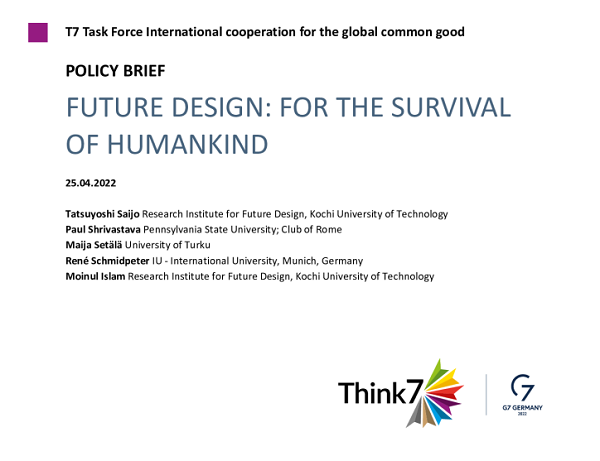
https://think7.org/future-design-for-the-survival-of-humankind
Although this proposal was adopted at T7, it was not implemented at G7. Therefore, in preparation for the G7 meeting in Hiroshima in 2023, Kobayashi, Jimbo, Yamashita, and Yoshioka proposed to the current G7 leaders to “create global public goods that are commonly needed by all countries to maintain global stability, and to start building an international governance system to protect these goods.” This is a proposal that the provision and maintenance of “global public goods,” including peace, is the job of the world leaders elected by the global citizens and that they should do what they are supposed to do.
6. Expanding FD
Tsuyoshi Okamoto of Kyushu University has started FD in first-year education at his university. In Yahaba Town, the birthplace of FD, a “Future Design Ordinance” has begun to be formulated for the happiness of future generations. General Incorporated Association (GIA) Future Design, which supports the praxes of FD, has also begun its activities. The Ministry of Finance also has a Future Design Group. Overseas, FD practices have begun in the Netherlands and other countries.
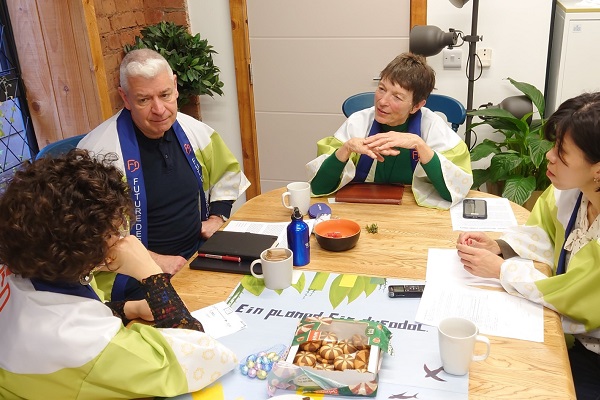
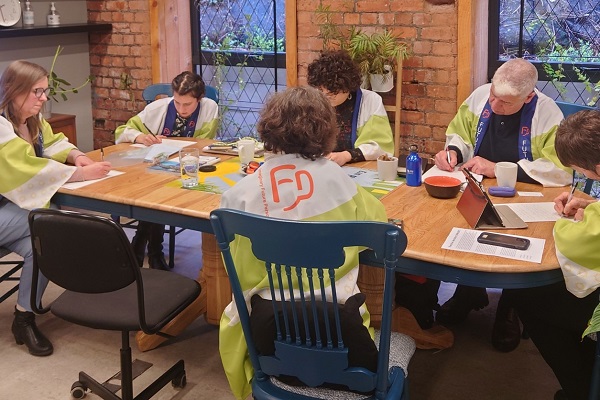
For more details
In the summer of 2023, Okamoto of Kyushu Univ. tried FD in a discussion on first-year education. In conventional discussions, the debate was based on one’s gain and loss, but when he did FD, students thought about the future of society and the community, and the egocentric part disappeared. So he has begun to use FD for education, both inside and outside the university. At Kyushu University, psychiatrist Takahiro Kato has already begun using FD for psychotherapy, including for withdrawal (hikikomori), and Hisako Nomura of the Graduate School of Agricultural Sciences is using FD as part of a course on vision design (15). This movement is about to begin with the launch of a Consortium where information can be exchanged with each other on a national level.
In Yahaba Town, the birthplace of FD practice, there is a movement to make the concept of FD into an ordinance. Although not yet an ordinance, it is called the “Future Design Ordinance (Yambeni Ordinance) (tentative)”. The “Yambeni” is a Yahaba word meaning “good arrangement,” and a new “Well-being Law” design has begun, in which each town resident also acts as a commissioner, rather than the commissioner role in the Welsh Well-being Law.
The GIA Future Design has been established, led by members of the Tosa Keizai Doyukai (Tosa Association of Corporate Executives), and has begun to introduce FD in local governments and companies and to provide sessions for junior high and high school students to experience FD. Preparations have also begun for “Future Design for a Thousand: Hope for the Future” (tentative title), which will be held in Kochi City in 2026, when the Japan Association of Corporate Executives national convention will be held in the city.
In 2023, the Ministry of Finance also constructed the Future Design Group, which started workshops to experience the concept of FD in local governments and schools (16). They are building a portal site that will serve as a platform for sharing information on FD-related initiatives and other information, and using this to create a society in which designing the “present” from the “future” is the norm.
The Scientific Council for Government Policy (WRR), which informs the government and parliament on social issues in the Netherlands, also conducts FD sessions (17). Olivier de Vette conducted an FD to ensure that the Netherlands is a comfortable and safe place to live in 2022 now as well as in 2060 in the future.
Also in the Netherlands, Igor Verettas, an educator, along with Rick Koster, is in the process of using FD in a strategic development project (2023-28) for 15 elementary schools in Alkmaar. The first elementary school FD in the world is underway.
At the United Nations, a Future Summit is being held and a “Future Generations Declaration” is about to be issued. The UN Foundation seems to be proposing to use FD for this preparation.
In 2022, the Royal Swedish Academy of Sciences decided to launch The Anthropocene Laboratory, and its activities began the following year. Its first workshop was held in November 2023. Nearly 20 researchers from around the world gathered to launch “The Science of Hope” as a counterpart to Planetary Boundaries. I suggested, “Hope is nearly equal to Futurability.” Then, at the end of the three-day meeting, to wrap up the discussion, the director, Henrik Österblom, donning the FD happi I had brought, went back in time to the year 2025, the immediate goal of the study, described the results obtained there, and began talking about what had happened so far, all in the past tense.
I invite you to join RCFD in starting a “Quiet Revolution of Citizens Restoring Sovereignty.“
Tatsuyoshi Saijo, FDRC, KUAS
News
Mar. 26, 2025
A blog post titled “Future Design”: an innovative approach to decision-making has been published on the blog of the United Nations University Centre for Policy Research, based in New York.
Feb. 21, 2025
The Canon Institute for Global Studies has launched a Future Design page.
Jan. 23, 2025
Professor Tsuyoshi Okamoto of Kyushu University has launched the “Future Design Consortium.”
Dec. 12, 2024
Future Design is featured on the French media platform “démocratieS.”
Dec. 6, 2024
The Ministry of Finance has launched a portal site titled “Introduction to Future Design.”
Sep. 4, 2024
September 14-15: “Future Design 2024” will be held via Zoom.
May 21, 2024
Suzette Brooks Masters and Karthick Ramakrishnan of The School of International Futures (SOIF) released an introductory report on Future Design, “The Promise of Future Design” that was released on May 20.
Activities
Future Design Workshop
Inviting domestic and international researchers and practitioners, the workshop will be held twice a month using Zoom. Co-organized by the Research Institute for Humanity and Nature and the Canon Institute for Global Studies. Anyone is welcome to attend.
FD20XX
FD20XX will be held once a year for about two days. It is co-sponsored by the Future Design Subcommittee of the Science Council of Japan, the Research Institute for Humanity and Nature, GIA Future Design, and our center.
Support for FD practice
Support for Future Design practices by companies, local governments, ministries, UN agencies, etc., to help transform the governance of their respective entities.
For more information: futuredesign.rc@gmail.com
Recommendations to G7, G20, UN, etc.
We will do our best to make FD recommendations where world leaders gather.
Members
References
1. Krznaric, R. (2020). The good ancestor: How to think long term in a short-term world. Random House.
2. Saijo, T. (2019). Future design. In Future of Economic Design: The Continuing Development of a Field as Envisioned by Its Researchers. Laslier, M., Sanver, Z., Eds. Springer.
3. Rockström, J., Gupta, J., Qin, D., Lade, S. J., Abrams, J. F., Andersen, L. S., … & Zhang, X. (2023). Safe and just Earth system boundaries. Nature, 1-10.
4. Richardson, K., Steffen, W., Lucht, W., Bendtsen, J., Cornell, S. E., Donges, J. F., … & Rockström, J. (2023). Earth beyond six of nine planetary boundaries. Science Advances, 9(37), eadh2458.
5. 西條辰義(2024)『フューチャー・デザイン』日経BP, 近刊。
6. MacAskill, W. (2022). The beginning of history: surviving the era of catastrophic risk. Foreign Affairs, 101, 10.
7. 西條辰義 (2018)「フューチャー・デザイン:持続可能な自然と社会を将来世代に引き継ぐために」『環境経済・政策研究』11(2), 29-42.
8. Saijo, T. (2020). Future design: Bequeathing sustainable natural environments and sustainable societies to future generations, Sustainability 12(16), 6467.
9. Saijo, T. (2024). Futurability, Survivability, and the Non‐Steady State in the Intergenerational Sustainability Dilemma. Politics and Governance, 12.
10. Kamijo, Y., Komiya, A., Mifune, N., & Saijo, T. (2017). Negotiating with the future: Incorporating imaginary future generations into negotiations. Sustainability Science, 12(3), 409-420.
11. Hara, K., Yoshioka, R., Kuroda, M., Kurimoto, S., & Saijo, T. (2019). Reconciling intergenerational conflicts with imaginary future generations: Evidence from a participatory deliberation practice in a municipality in Japan. Sustainability Science, 14(6), 1605-1619.
12. Nakagawa, Y., Kotani, K., Matsumoto, M., & Saijo, T. (2019). Intergenerational retrospective viewpoints and individual policy preferences for future: A deliberative experiment for forest management. Futures, 105, 40-53.
13. Nishimura, N., Inoue, N., Masuhara, H., & Musha, T. (2020). Impact of future design on workshop participants’ time preferences. Sustainability, 12(18), 7796.
14. 中川善典、小林慶一郎、神保謙、山下一仁、吉岡明子、西條辰義(2023)「フューチャー・デザインに基づくG7 広島サミットへの提言:地球公共財のための国際的ガバナンス」CIGS Working Paper Series No. 23-001J
15. 加藤隆弘 (2024) 「こころのフューチャー・デザイン:「未来人」からみた精神医学」『精神療法』の2月号から連載中。
16. https://www.mof.go.jp/policy/budget/fiscal_condition/related_data/202304_fd.pdf
17. https://www.wrr.nl/adviesprojecten/klimaatbeleid/documenten/publicaties/2022/05/ 23/jongeren-en-het-zorgen-voor-hun-morgen

